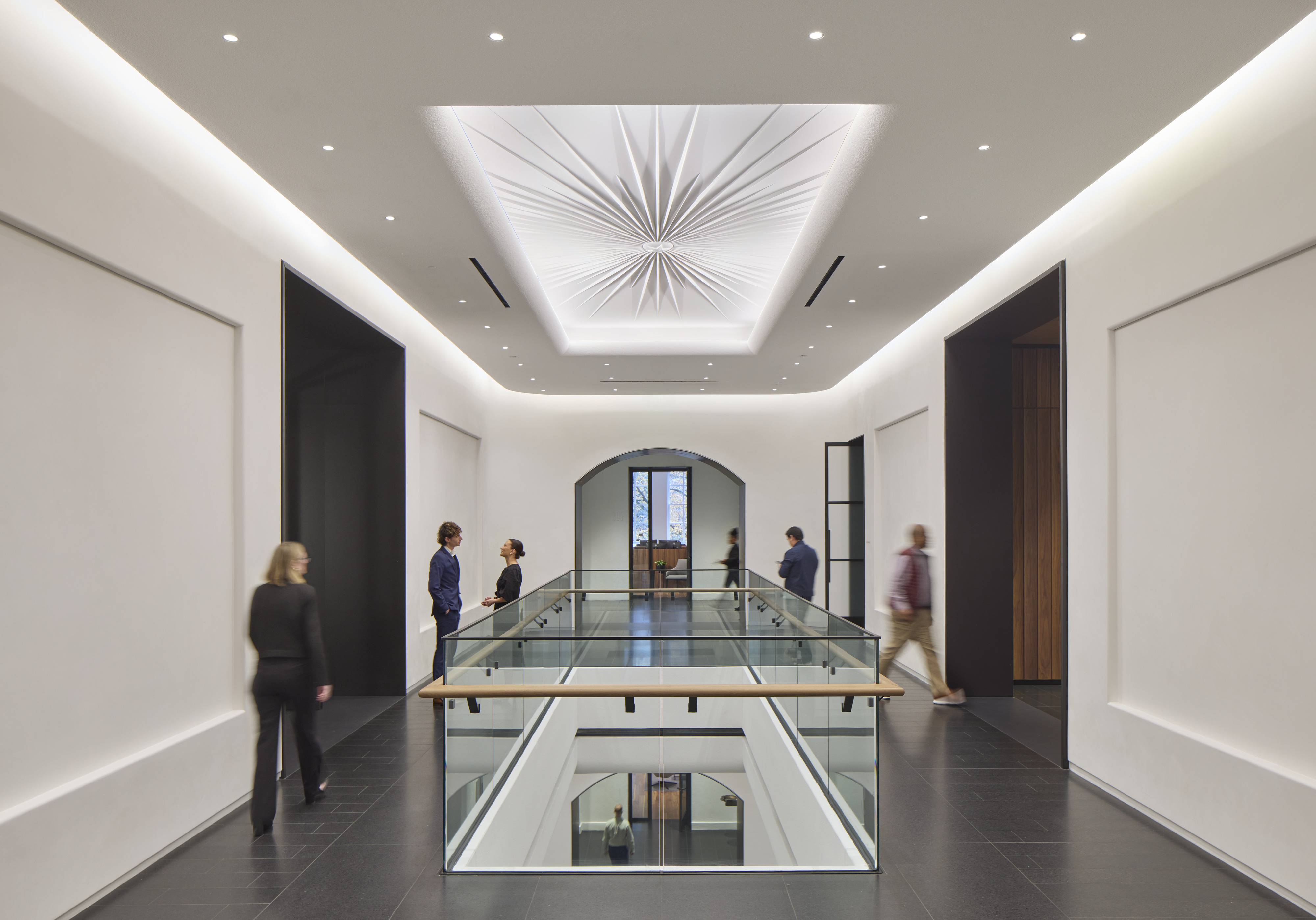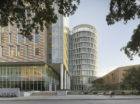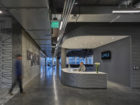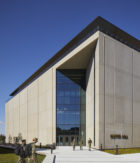A new era for Kirkland Hall
Kirkland Hall was one of the first buildings to be constructed at Vanderbilt University. The structure, originally known as “Main Building,” has undergone several transformations since its initial construction. Built in 1875 in a Victorian Gothic style, the building was rebuilt after a 1905 fire in red brick and stone, with a prominent tower that has made the Italianate-style building a prominent campus landmark ever since. Recently, the university’s new chancellor initiated a substantial renovation project to coincide with Vanderbilt University’s sesquicentennial celebration. The work aims to preserve and restore this important heritage building and also to reimagine its interior, reflecting the values that underpin the university’s reputation.














